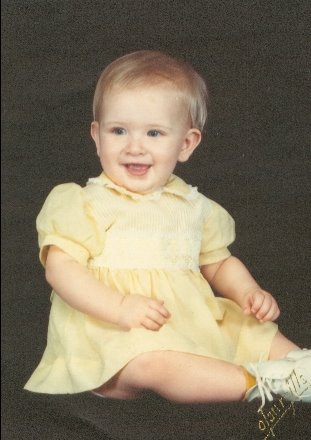Poetry Break Two: An NCTE award winning poet
Poetry Break Two: An NCTE award winning poet.
Greenfield, Eloise. (1991). “Fambly Time.” In Night on Neighborhood Street. New York: Dial. ISBN 0803707770.
Night on Neighborhood Street is a collection of poems about things that go on at night time in the city. It starts out as the sun is setting, with a group of children playing sidewalk games; then moves to a little boy with the blues; Juma gets one more bedtime hug; a new baby who has slept all day wakes to cry and is rocked; Tonya’s and her friends are joined in a slumber party by Tonya’s mom; Buddy dreams about dancing in front of a roaring crowd; a church’s congregation sings; Nerissa tells her parents bedtime jokes; Lawanda tries to convince her daddy that she’s old enough to walk from the car to the front door by herself (but secretly, she’s half asleep). But not all the poems are happy moments. There’s also one about the local “seller” (dealer) from whom all the children run—back to their safe homes; then there’s the community meeting which gets heated; and the house “With the Wooden Windows” which is rumored to harbor ghosts; and poor Darnell who sits up, wide awake in his bed, afraid of every “tap! creak! squeak!”; and finally, little Karen who “lets her sister be the mama evenings when Mama’s at work.” The poems—echoed by the chalk/pastel illustrations—imply these scenes are as seen through African American eyes, but these captured moments should be easily understood by many other cultures.
Reviews of Night on Neighborhood Street(per Amazon.com):
School Library Journal: Grade 1-4-- Warm shades of blues, greens, and lavenders as well as the characters' gently, glowing shades of browns perfectly capture Night on Neighborhood Street…warm, triumphant book that will be wonderful to share with a group or in a more cozy situation.
Kirkus: Greenfield's poems have a peaceful tone that is perfectly matched in Gilchrist's gentle, dreamy paintings, where brown skins glow with a warm light against soft-focus backgrounds of shadowed walls and deep, starry sky. A winning combination.
Night on Neighborhood Street was also named a 1992 Coretta Scott King Award Honor book (for both author and illustrator)
And Now…
Fambly Time
When the Robinsons gather
Just before bed
The kids in pajamas
The homework’s been read
It’s time for the family
To have some fun
“It’s fambly time!”
Says the littlest one
They come from work
They come from play
They get together
At the end of the day
For singing and guessing
And games of rhyme
For jokes and jacks
And pantomime
And the little one calls it
“Fambly time!”
Another great poem for beginning poetry readers! It has a definite and reliable rhythm and rhyme scheme, sounding almost like a chant—a call for the whole family to come celebrate being together. The words are easy to understand and relate to. There are several instances of repetition—consonance/assonance (“singing and guessing”), alliteration (jokes and jacks—the k sound of which might also be seen as consonance) and the repetition of “They” in the first three lines of the second stanza. But beyond the sound of the poem, the meaning of the words, the content, the feeling, is what will make children love this poem. Through the loneliness and hardship of some of the rest of the poems, the Robinsons' “Fambly Time” restores the belief in optimism. It sends the message that no matter where you live, how little you have or how busy you are, getting together at the end of the day—even just for a few minutes—with the people you love can be the glue to holding a “Fambly” together.
This poem moves me personally because when I lived with my grandparents in a house with no electricity, no telephone and no running water (on a mountain in the Middle of Nowhere, Arkansas—population 315), at the end of a long day spent weeding the garden, watering the plants, bringing in firewood, burning the trash, pulling rocks out of the mountainside for rock pathways and flower gardens and finally, doing homework, my grandparents, my sister and I would either pile into their big king-sized bed and read poetry, play games, and eat popcorn. Or, we would huddle around the wood-burning stove and sing songs as Grandma played her autoharp, Grumps played the mandolin, I played the spoons and we all four sang old bluegrass songs and hymnals—sipping spiced cider between numbers. We weren’t the traditional family, but we all knew it was those moments spent together at the end of the day that made us able to handle any hardship we might face.
This poem could be used to open a discussion about night in each individual child’s neighborhood. The children could be encouraged to talk about the sounds they hear at night or the experiences they have—and then to write a poem about them. Or morning, or afternoon for that matter. It could also be used by older children to discuss the difference between some of the people’s experiences—not everyone has the privilege of having “Fambly Time” every night.
The illustrations in this book (including the cover) are soft, colorful and beautifully “lit.” In even the grimmest poem, the pictures make the book seem somehow safe. Perhaps this makes those scary situations “normal” and “just a part of life.” If so, this may encourage children to write poetry about their own every day experiences.


0 Comments:
Post a Comment
<< Home